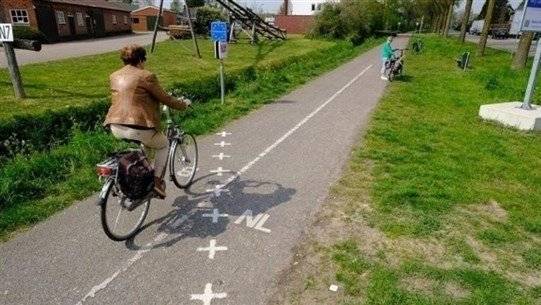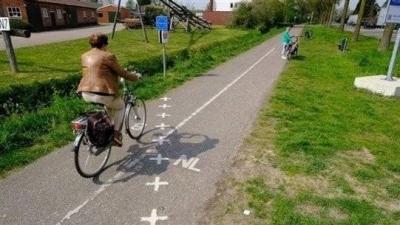For most people, waking up, showering, and going out to buy groceries is a regular morning routine. However, for the residents of this city, it involves crossing multiple geopolitical borders. Barle-Hertog is a Belgian exclave located on the border with the Netherlands, which itself includes smaller Dutch enclaves called Barle-Nassau. When you stroll around the small city, it feels like any other city, but if you look down, you'll find the ground filled with confusing lines indicating 24 small annexes of land for each country.
In some cases, the border runs directly through the houses, meaning residents can cook meals in one country and eat them in another. The city has a "front door" policy, which means your country is the one where your front door is located. However, in very few instances, the border runs directly through those doors. Barle-Hertog and Barle-Nassau have two governments, two councils, two mayors, and two schools, and the languages spoken depend on where you are standing—Flemish and Dutch—although most residents have learned to speak both.
In 2020, during the peak of the Corona crisis, the Belgian government imposed rules requiring all people to wear face coverings in public places like stores, while the Netherlands only required masks on public transport. With some stores crossing the border directly, many residents found themselves puzzled.
Other contradictions faced by the city include different laws. While fireworks are banned for public sale in the Netherlands, the regulations are more relaxed in Belgium, and as a result, many firework shops are spread throughout the city. The history of Barle-Hertog and Barle-Nassau dates back to 1198 when Henry I, Duke of Brabant, carved up the land. About 632 years later, Belgium became independent from the Netherlands, leading to decades of controversy over where the border should lie in the city. The border was finally settled in 1995, which means the city as it stands today is less than 30 years old.
Currently, the city attracts many tourists despite its small size, as many seek the thrill of moving from one country to another. For residents, World Cup matches can become quite tense, according to the British newspaper "Mirror."




